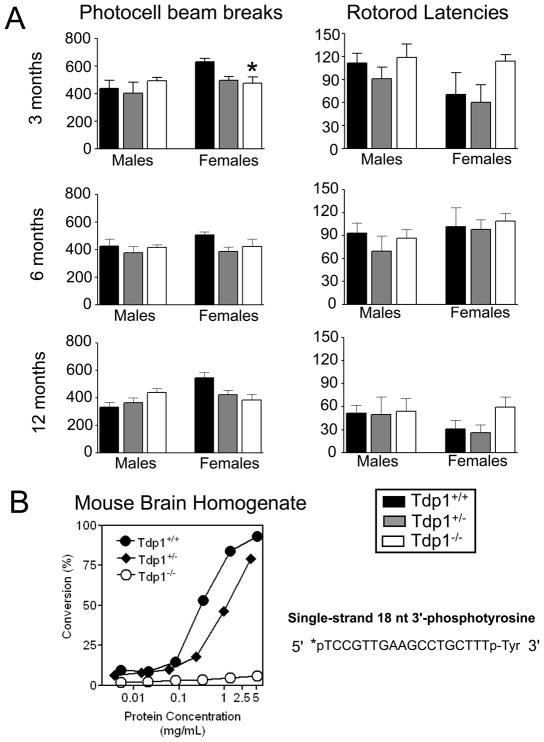Figure 2. Behavior of Tdp1−/− mice and deficiency in 3′ tyrosyl processing.
(A) Motor activity and latency to fall from the rotarod was determined for male and female mice of each genotype and at each age: 3, 6, and 12 months in top, middle and bottom panels, respectively. Asterisk indicates that at the 3 month assessment, Tdp1−/− female mice were significantly less active than Tdp1+/+ mice, p < 0.05. (B) A radiolabeled (*) 3′-pTyr oligomeric substrate was treated with four-fold serial dilutions of brain tissue homogenates from a Tdp1+/+, Tdp1+/−, or Tdp1−/− mouse for 1 h, subjected to denaturing gel electrophoresis, and phosphorimaged. The percent conversion from the tyrosyl substrate to its phosphate product was calculated by densitometry.

